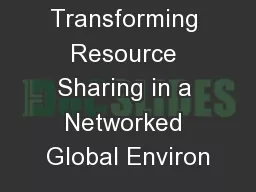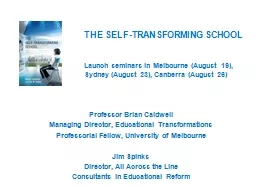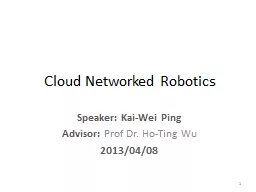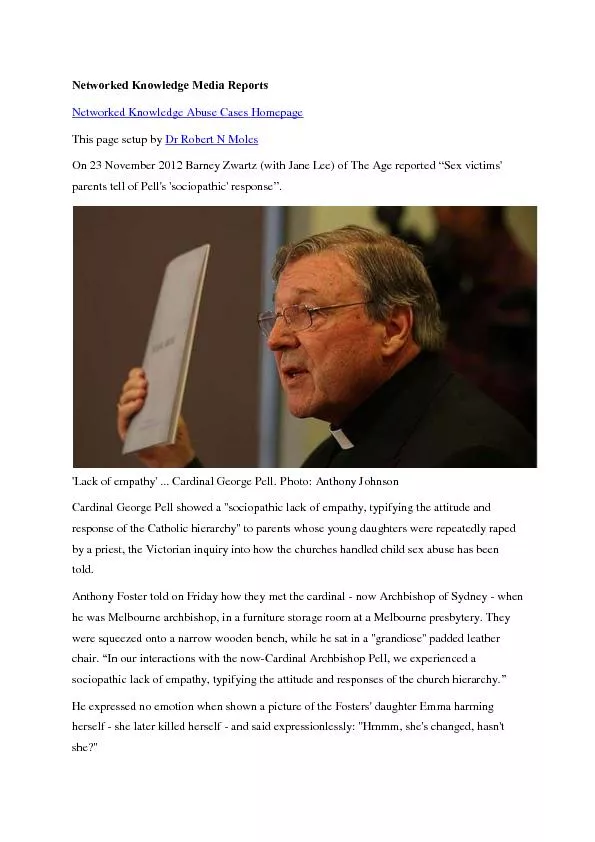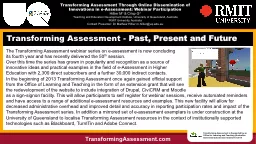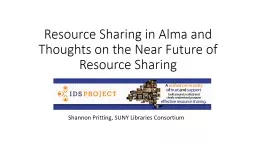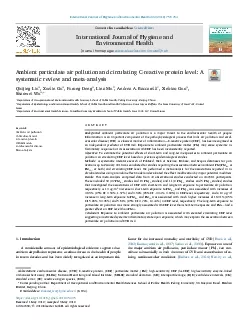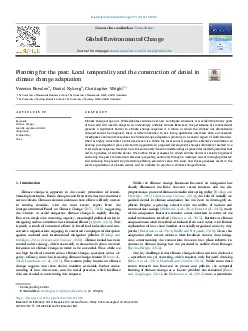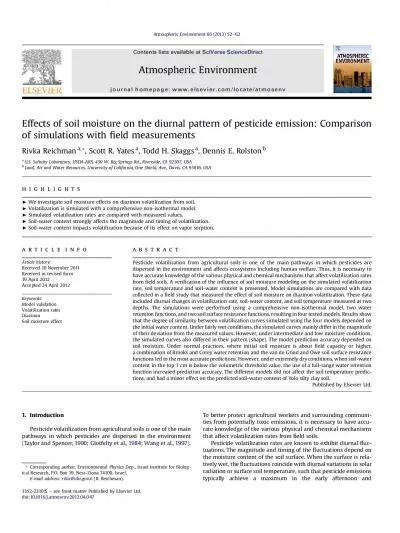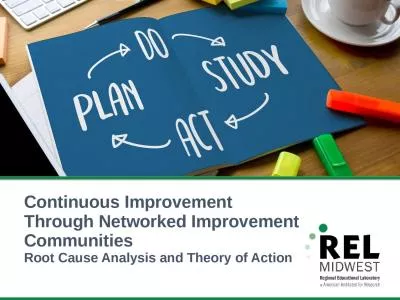PPT-Transforming Resource Sharing in a Networked Global Environ
Author : pamella-moone | Published Date : 2017-05-05
A Pinhole Approach to Understanding ILL Costs and Trends or What a Dutch Master Can Teach Us About Analyzing Resource Sharing Data Dennis Massie Program Officer
Presentation Embed Code
Download Presentation
Download Presentation The PPT/PDF document "Transforming Resource Sharing in a Netwo..." is the property of its rightful owner. Permission is granted to download and print the materials on this website for personal, non-commercial use only, and to display it on your personal computer provided you do not modify the materials and that you retain all copyright notices contained in the materials. By downloading content from our website, you accept the terms of this agreement.
Transforming Resource Sharing in a Networked Global Environ: Transcript
Download Rules Of Document
"Transforming Resource Sharing in a Networked Global Environ"The content belongs to its owner. You may download and print it for personal use, without modification, and keep all copyright notices. By downloading, you agree to these terms.
Related Documents

